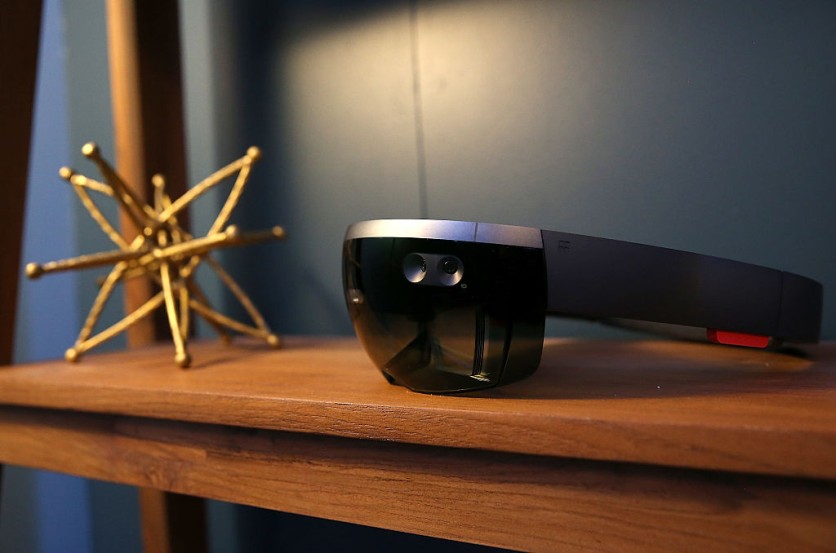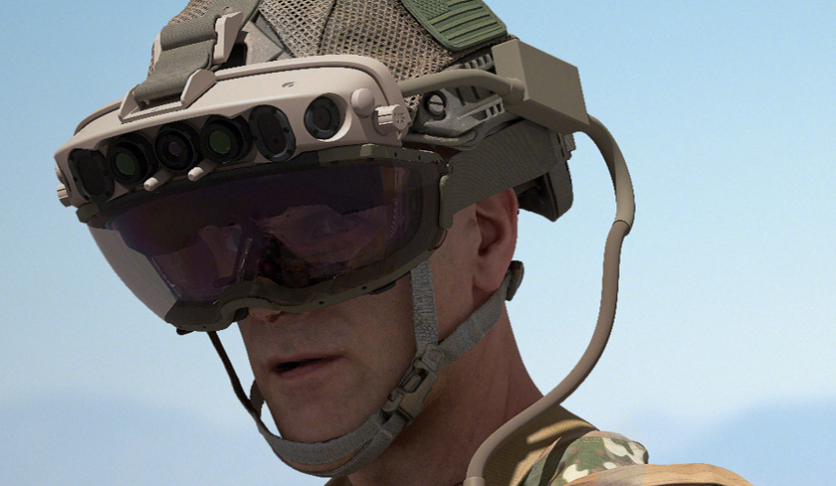

Microsoft finally wins a multibillion-dollar deal to build and supply customized HoloLens goggles for the U.S. Army after the Senate almost halted half the contract.
On Wednesday, Mar. 31, the U.S. Army announced the $21.88 billion contract and said that Microsoft would manufacture the augmented reality headset for them in a span of 10 years.
The announcement resulted in Microsoft's shares jumping to as much as 3.1 percent, ending at $235.77 per share in Wednesday's trading session.
Integrated Visual Augmentation System (IVAS) Contract: What Is Known So Far?
According to Bloomberg's report on Wednesday, Mar. 31, the multibillion-dollar contract is a fixed price production agreement wherein Microsoft would manufacture 120,000 units of the Integrated Visual Augmentation System (IVAS) for the Army.
The goal of the IVAS program is to develop a "heads-up display" for the U.S. ground force that would let commanders project information onto a visor in front of a soldier's face.
The system, which is similar to what the fighter pilots use in the cockpit, would also have other features like night vision.
Microsoft Technical Fellow Alex Kipman explains that the augmented reality headset "delivers a platform that will keep soldiers safer and make them more effective."
"The program delivers enhanced situational awareness, enabling information sharing and decision-making in a variety of scenarios," he added.
In an official Microsoft blog post published on Wednesday, Mar. 31, the IVAS headset will be based on HoloLens and will be augmented by Microsoft Azure cloud services.
The project gave birth to the Soldier Centered Design, which enables rapid prototyping that provides soldiers with tools and capabilities they will need to achieve their mission.
The augmented reality headsets Microsoft will manufacture for the U.S. Army will be used by the Close Combat Force (CCF).
How Will the Army Use Microsoft's Customized Hololens Goggles?
CNBC weighed on this question in an article published on Apr. 6 and said that soldiers refer to IVAS as a "combat multiplier," allowing them to be more deadly in combat.
The IVAS prototype tested by CNBC correspondent Todd Haselton allowed him to see a map that shows exactly where he is and the bird's eye view of the building where he was standing.
"But as I turned my head, a small arrow icon representing my location also turned," Haselton shared. "I could also see several other dots representing my other "squad members" who were also wearing the headsets."
The prototype is also pegged to replace the night vision goggles, which emit a green glow when used, allowing the enemy to see the wearer.
Unlike the night vision goggles being used today, IVAS does not emit much light but still allows the wearer to see other people in the dark.
Ryan McCarthy, Under Secretary of the Army, further explained that IVAS let soldiers see through smoke, unlike the current night-vision goggles.
The augmented-reality headset also shows a reticle through the visor to aid the soldier in aiming a weapon.
Related Article: Microsoft Workers Demand Tech Giant End US Army Contract To Use HoloLens AR Technology In Warfare
This article is owned by Tech Times
Written by Lee Mercado
![Apple Watch Series 10 [GPS 42mm]](https://d.techtimes.com/en/full/453899/apple-watch-series-10-gps-42mm.jpg?w=184&h=103&f=9fb3c2ea2db928c663d1d2eadbcb3e52)



